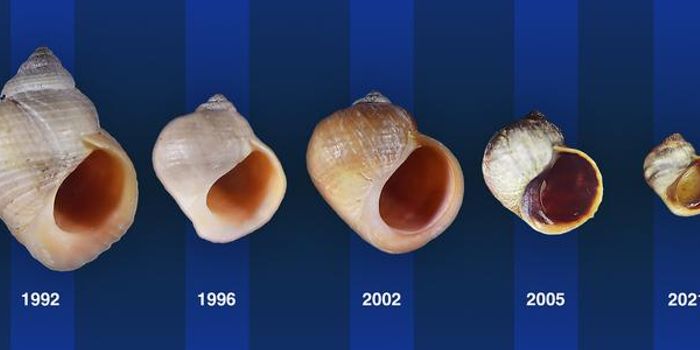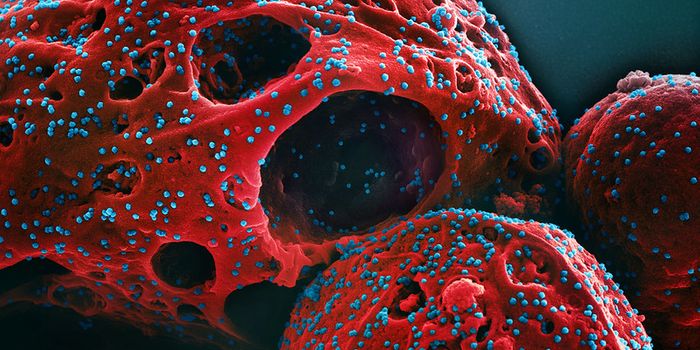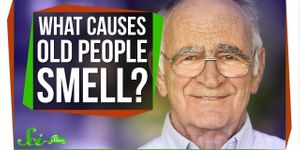Revealing the Mechanism Behind the 'Magic Spot'
An international team of researchers has used an innovative method to uncover the three-dimensional crystal structure of a special molecule that helps regulate genetic material. This work, which was reported in Molecular Cell, has provided new insight into the mechanisms behind a molecule dubbed the magic spot, which controls the expression of many microbial genes when bacteria are faced with adversity. The scientists have therefore learned more about how bacteria survive under stressful conditions. Knowing more about those processes may help develop new targets for antibiotics as well.
"When bacteria experience stress, such as starvation, they remodel their gene expression," explained study author Katsuhiko Murakami, professor of biochemistry and molecular biology at Penn State. "In 1969, our coauthor, Michael Cashel, discovered that a new molecule appeared in E. coli when the bacteria were starved of key nutrients. Cashel called this molecule, which showed up as a new spot on a chromatogram, the 'magic spot,' because of its appearance from seemingly nowhere when bacteria were starved."
The magic spot was eventually identified as guanosine tetraphosphate (ppGpp), which is an altered analog of the nucleotide known as G in the genetic code. It appears after starvation and other kinds of stress and is linked to changes in the activity of more than 500 genes in bacteria. The majority of them encode for structural RNA that composes the ribosome, a cellular organelle that makes proteins.
Genes are transcribed into RNA by an enzyme called an RNA polymerase before being made into proteins. The ppGpp interacts with the RNA polymerase in E. coli bacteria. Now, the investigators have used the X-ray crystal structures they created to see the RNA polymerase complexing with ppGpp, and another critical molecule called DksA.
Although we already know a lot about the 3D structure of RNA polymerase, observing the molecular structure during interactions with other chemicals has been technically challenging; they often come apart as they are going through the crystallization process. To overcome that hurdle, the scientists added DksA and ppGpp molecules to an RNA polymerase that had been crystallized on its own.
"We first created crystals of RNA polymerase, then soaked in DksA and ppGpp," explained study author Vadim Molodtsov, assistant research professor in biochemistry and molecular biology at Penn State. "When we did this, we saw that ppGpp bound to the complex of RNA polymerase and DksA in a way that changed the interaction between RNA polymerase and DksA. We think this change could be key to explain how ppGpp alters transcription so that the bacteria can respond to stress."
While bacterial RNA polymerase can control the expression of any gene, that regulation seems to change in the presence of ppGpp. In some cases, the gene activity is turned down, while other genes are amplified, and many others aren't affected at all. Those modifications can help the bacterium adapt as it tries to survive an environment that is less than ideal.
"We are full of bacteria," said report author Sarah Ades, associate professor of biochemistry and molecular biology at Penn State. "They affect our mood, they affect our weight, they affect our immune systems. The ppGpp system is important in lots of these bacteria, allowing them to sense their environment and adjust to stress. Understanding how ppGpp functions will allow us to better understand these bacteria and how they affect us. The system is also important in bacterial pathogens that cause infectious disease. Understanding how ppGpp works could allow us to find ways to disrupt its functions and develop new antibiotics."
Sources: Phys.org via Penn State, Molceular Cell








